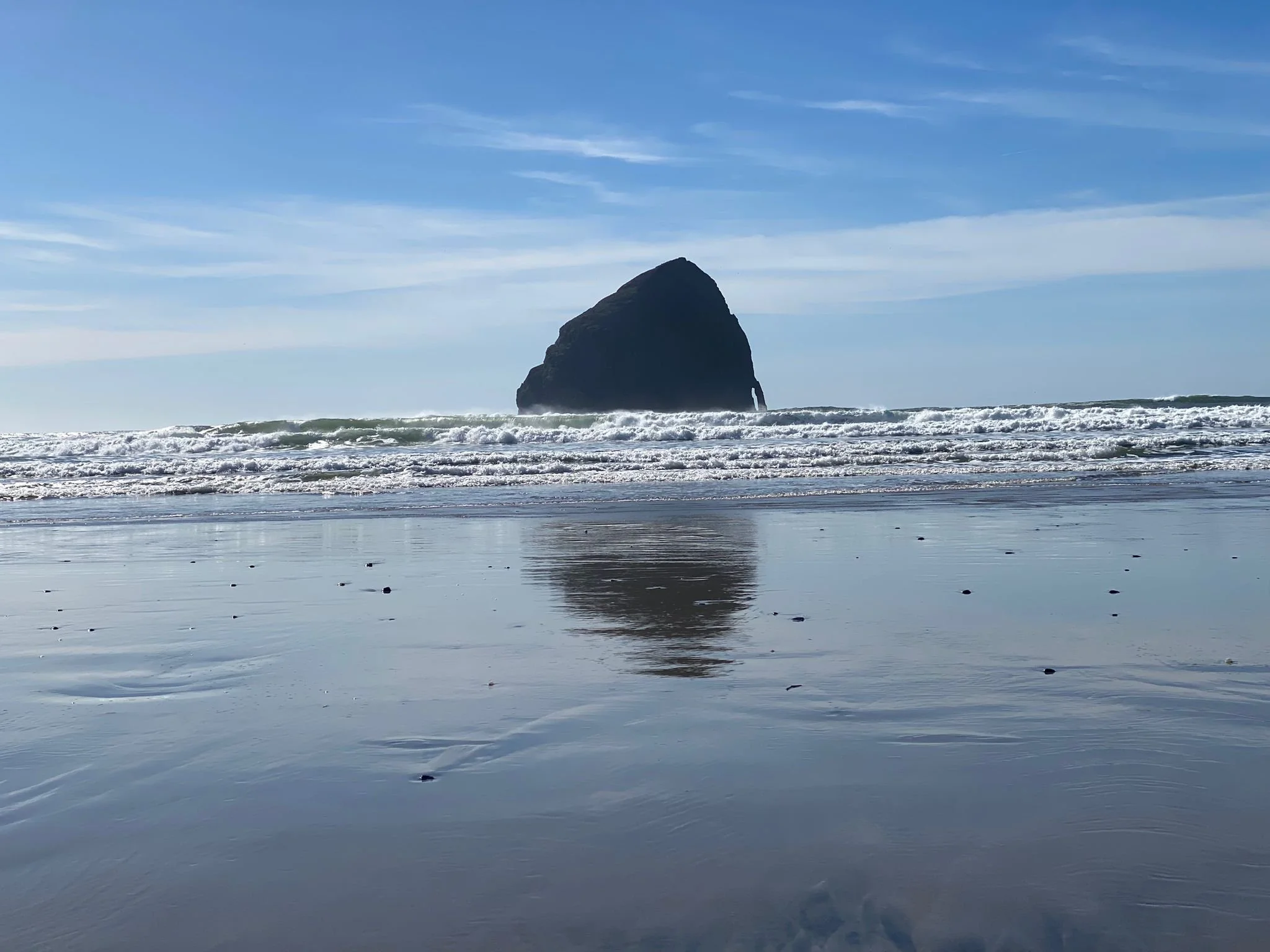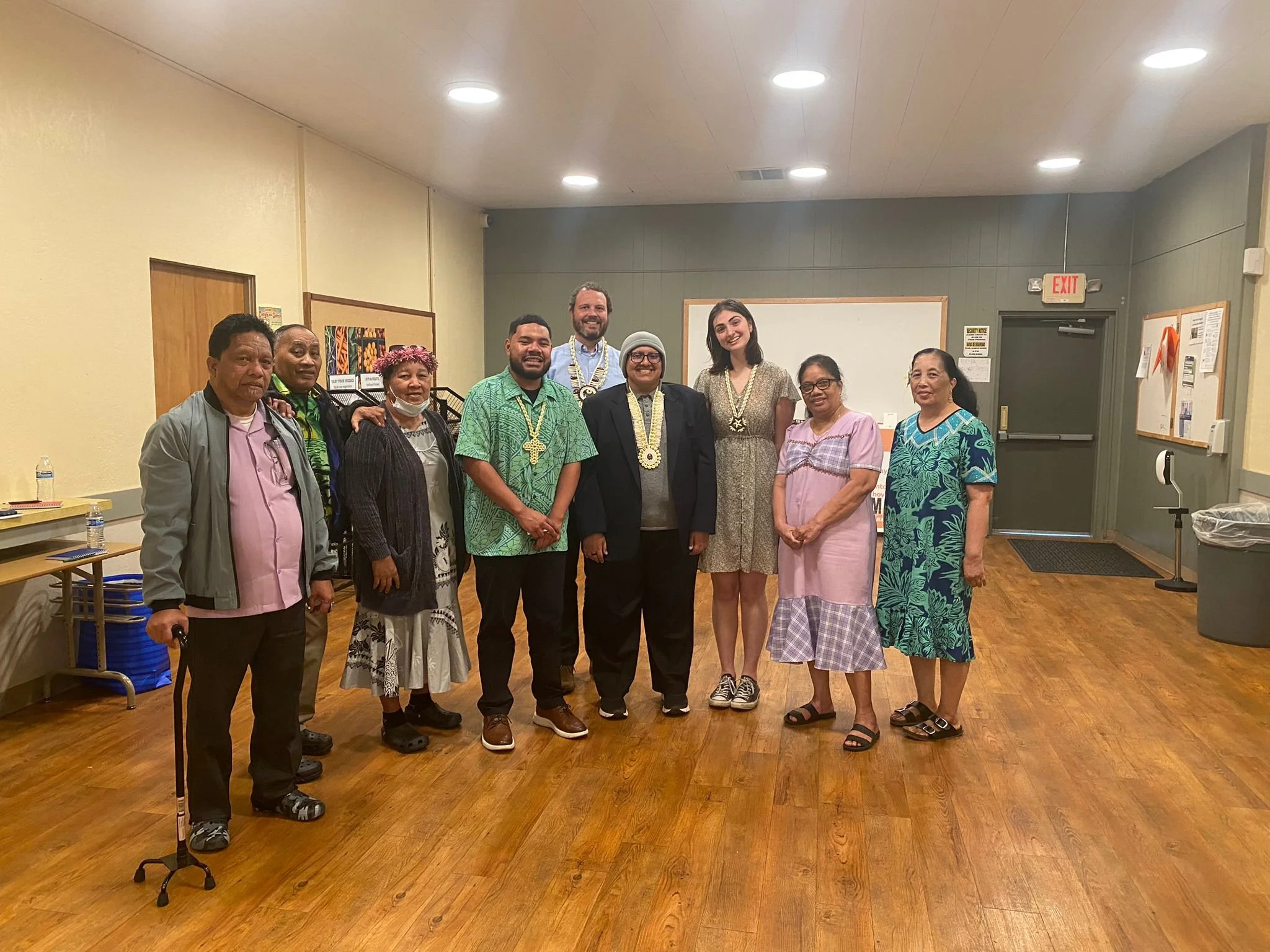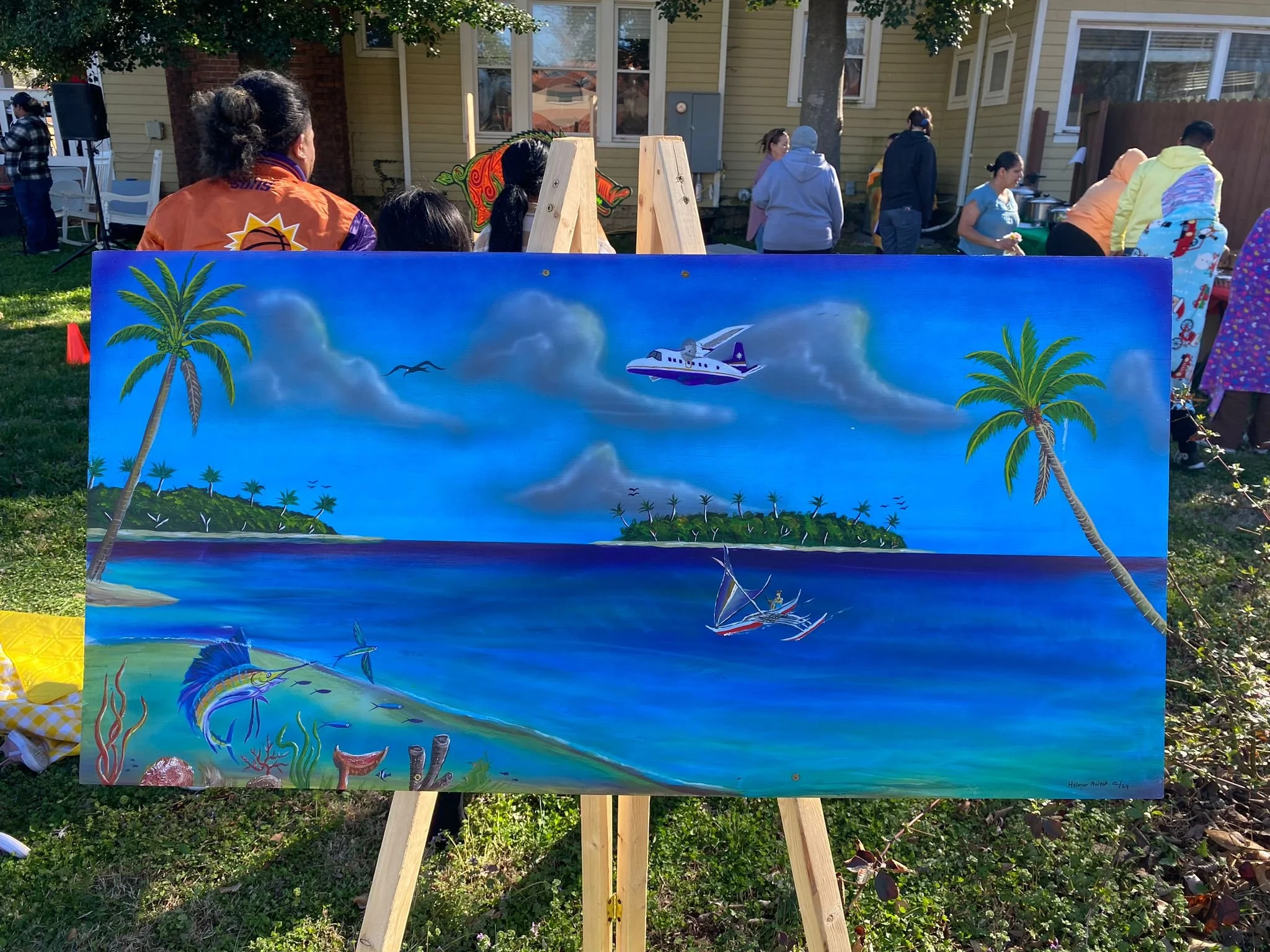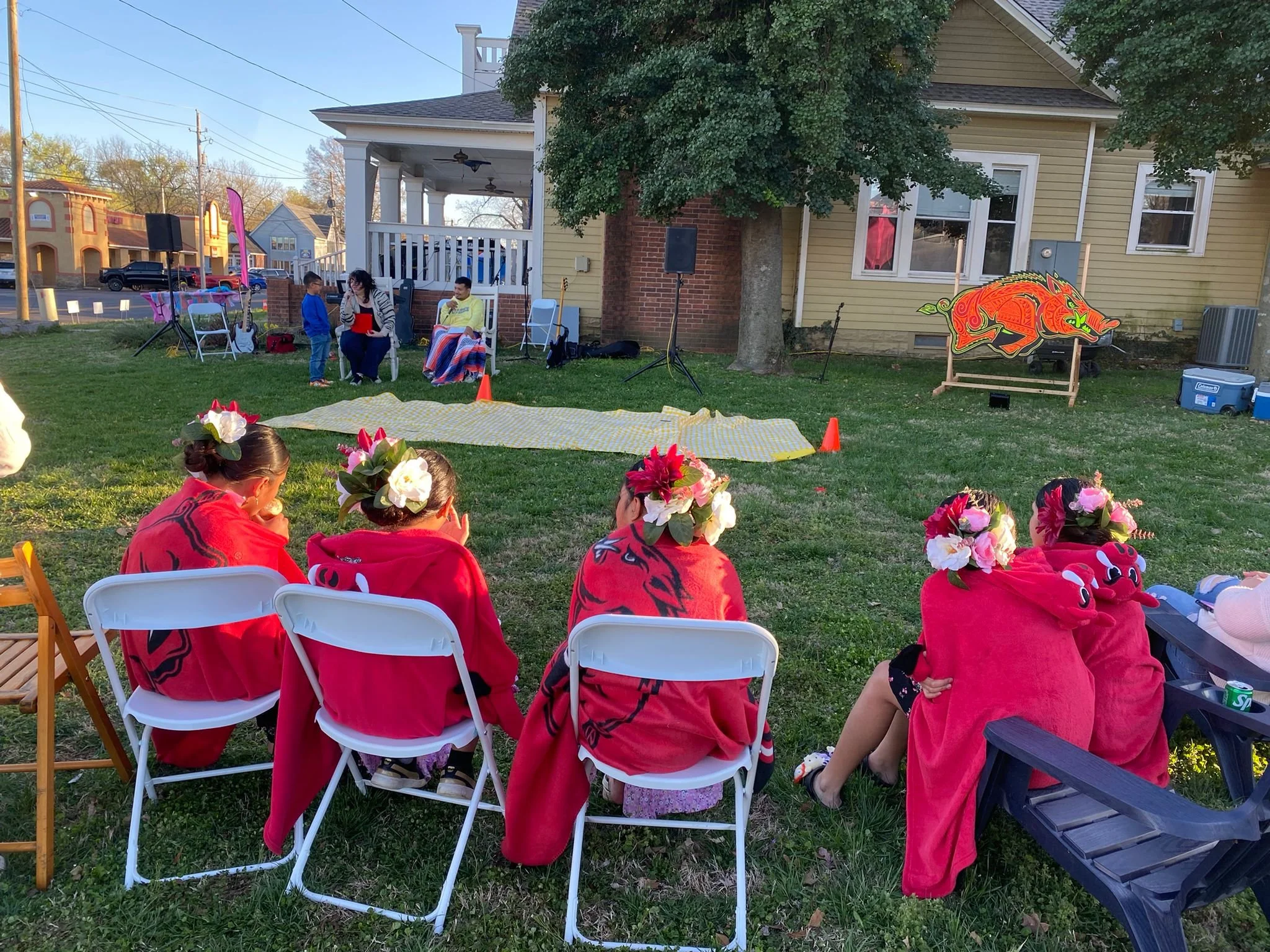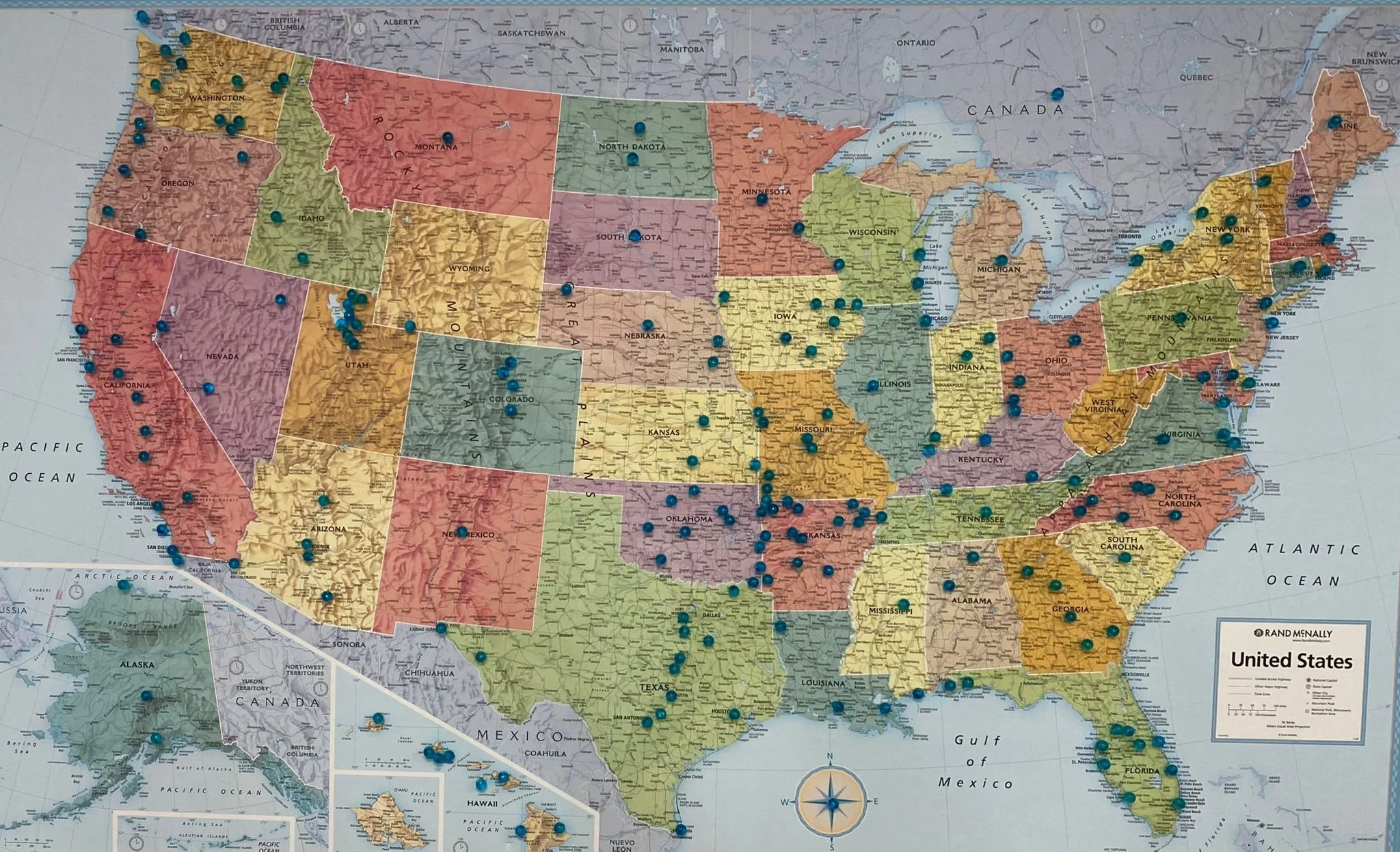Climate Displacement from the Marshall Islands
Last updated July 2024
The Republic of the Marshall Islands (RMI) consists of a few island atolls in the Pacific Ocean. After helping liberate the islands from the Japanese government during World War II, the United States pressed the RMI to allow it to test nuclear weapons on some of the most fertile islands in the nation, displacing many who faced toxic impacts for generations.
In an echo of this "nuclear legacy," Marshallese people are faced with another existential threat – the gradual but transformative rise in sea levels. Their health and livelihoods under threat, some islanders are again making the difficult decision to migrate from their homes. Many Marshallese people – over one half of the republic's citizenry, by some estimates – have moved to the United States. The experiences of these Marshallese communities, at the front lines of climate catastrophe, are examples of what other communities facing collapse may go through as they migrate across international borders.
In April 2023, two Wesleyan students and UNHR Supervisor Stephan Sonnenberg visited Springdale, Arkansas and Eugene, Oregon to meet with and learn from these Marshallese communities. The goal was to understand both the challenges that these communities face as well as their primary sources of resilience and vitality. Our work focuses on the need to manage such migrations while protecting the dignity and rights of the communities, families, and individuals directly affected by climate change at the center of any policy discussions. The project continues, and will delve deeper into what a human rights based approach to climate migration would entail for low-lying island communities worldwide.

